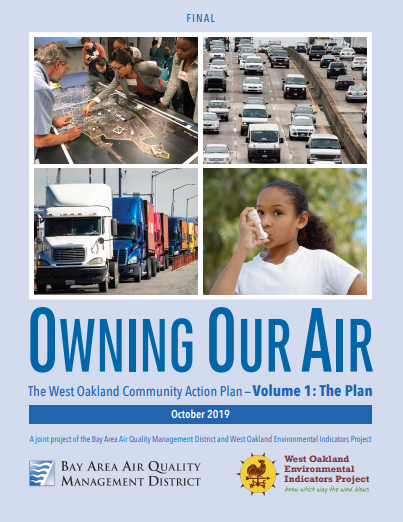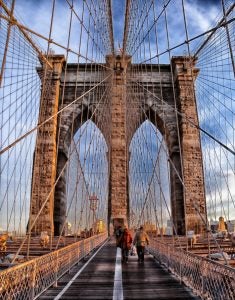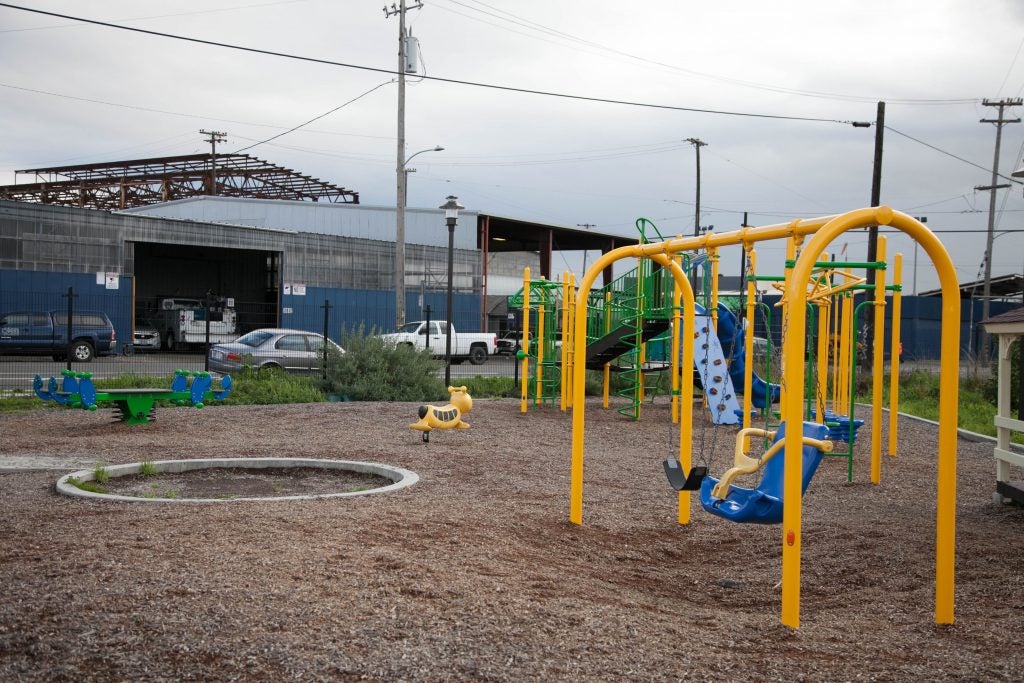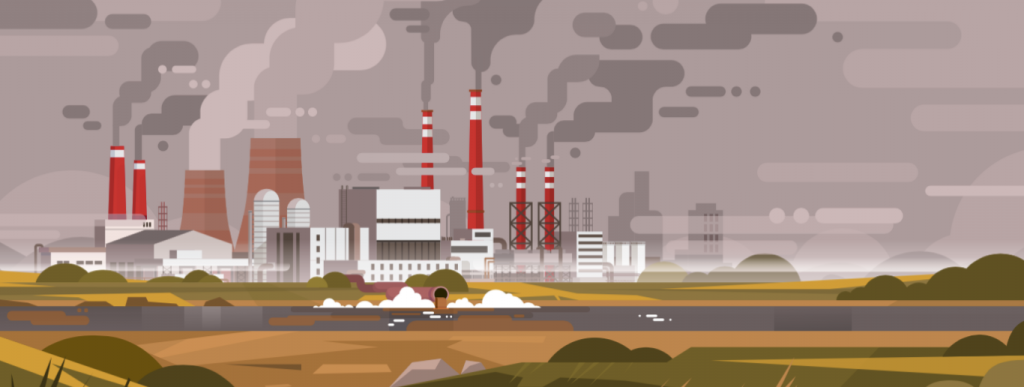Harold Rickenbacker, Ph.D., Manager, EDF+Business.
This is the fourth in a series of Global Clean Air blogs on COVID-19 and air pollution. EDF scientists and program experts share data about pollution levels during quarantine from a local and global perspective, and provide recommendations for governments and companies to Rebuild Better.

Los Angeles, California.
We’ve long known that air pollution is linked to health problems like heart disease and asthma, and that these risks are highest for the elderly and people with existing heart and lung diseases. Now, new evidence shows the same people who have lived with polluted air for decades are also at increased risk for severe illness from Coronavirus.
These findings are generating unprecedented urgency to clean the air we breathe and underscoring the importance for cities across the globe to make air pollution monitoring a priority in a post-pandemic world.
But as local leaders grapple with how to tackle air pollution and protect vulnerable communities, they’re faced with a big challenge: they lack the localized data needed to properly protect public health and reduce harmful emissions.
New, lower-cost sensor technology is allowing scientists, advocates and government officials to map air pollution at the hyperlocal level, which can reveal pollution patterns within neighborhoods and even individual city blocks.
Policymakers tasked with rebuilding healthier and more resilient communities in a post-pandemic world can use localized data to work more effectively with residents and stakeholders to implement powerful interventions that reduce air pollution in overburdened communities.













